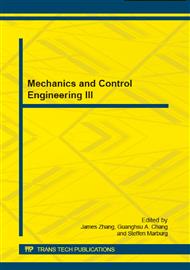p.79
p.85
p.93
p.98
p.102
p.113
p.118
p.131
p.137
Ground Source Heat Pump Modeling: Accounting of Ground Moisture Freezing-Melting in a Model of Heat Transfer outside Deep Borehole
Abstract:
This paper contains the results of research, carried out with financial support from the Ministry of Education and Science of the Russian Federation (contract ID RFMEFI57914X0026). For the ground source heat pump (GSHP) used as a heating system in regions with cold climate the thermal effects of ground moisture freezing-melting processes can make an essential long-term impact on GSHP performance. However, widely known models of heat transfer inside and outside GSHP borehole do not take into account such effects. In this paper we propose a method of engineering estimation of freezing-melting latent heat in the frame of modified cylindrical source model. The key feature of the method is the definition of effective thermal conductivity of ground to "convert" the latent heat of phase transition into equivalent heat flux from outer ground. The method is validated by laboratory measurements of ground thermal conductivity during the freezing-melting process.
Info:
Periodical:
Pages:
102-112
Citation:
Online since:
December 2014
Price:
Сopyright:
© 2015 Trans Tech Publications Ltd. All Rights Reserved
Share:
Citation:


